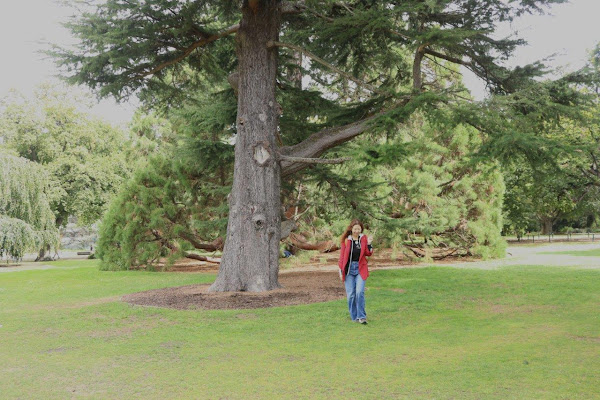On the voyage of crossing the ocean from Australia to New Zealand, before we arrive Dunedin, we passed through three sounds: Milford Sound, Doubtful Sound and Dusky Sound.
Milford Sound, Doubtful Sound, and Dusky Sound are three well-known fiords located on the southwestern coast of New Zealand's South Island in the Fiordland region.
Milford Sound
Milford Sound is located within Fiordland National Park and the Te Wahipounamu World Heritage site. Known for its dramatic scenery, Milford Sound is surrounded by towering mountains, waterfalls, and lush rainforests. The fiord's most recognizable feature is Mitre Peak, which rises sharply from the water.
Doubtful Sound
Doubtful Sound is also part of Fiordland National Park and Te Wahipounamu. Doubtful Sound is larger and less accessible than Milford Sound, making it a more secluded and pristine environment. It is known for its deep, dark waters, dense rainforests, and steep cliffs.
Dusky Sound
Dusky Sound is the largest fiord in the Fiordland region and is more remote than both Milford and Doubtful Sounds. Dusky Sound is surrounded by rugged mountains and dense forests. It is one of the least visited areas due to its challenging accessibility.
========================


































































